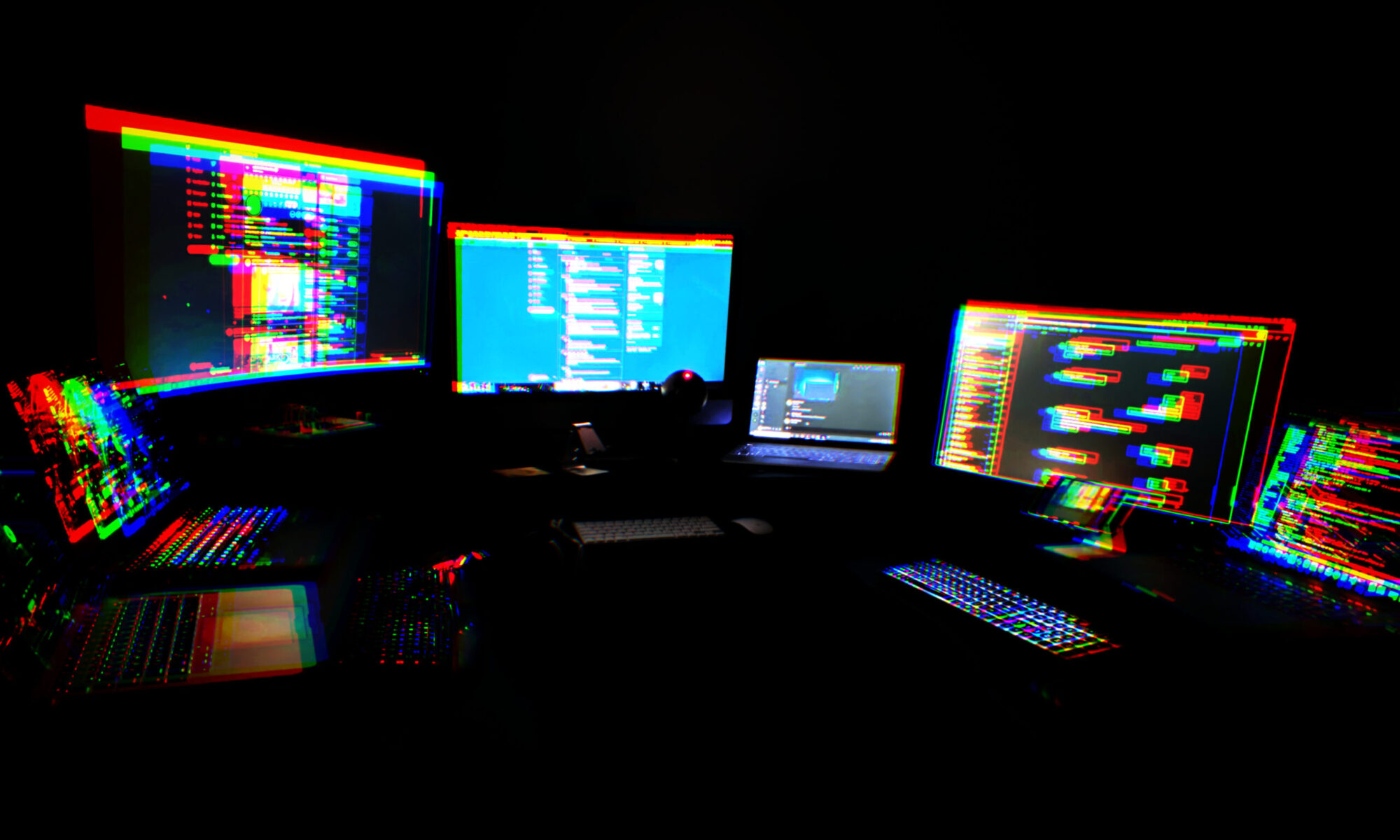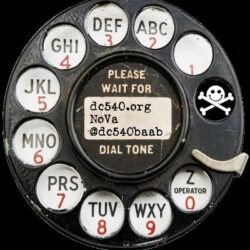I’ve been mucking around with synthesizers and sound for decades. Still, when I broke out of semimodular into full modular, there was still a missing piece of the puzzle.
The first modules I got were somewhat complete, with a gate or trigger in and audio outs, sometimes both left and right. It wasn’t until I got my first “pure oscillator” style module, which happened to be Castor & Pollux, that I scratched my head, realizing I had descended into the next level of the rabbit hole of synthesizer deconstruction. The module had no gate in, just CV controls for pitch and PWM. There are audio outs for Castor, Pollux, and Mix, and outs for the different waves. So I had to quickly learn how to shape sound in the modular world.
I learned that what I was looking for was an ADSR and a VCA. The ADSR shapes the envelope, and that envelope goes into the CV level control of the VCA alongside the audio, and shapes the audio to match the selected ADSR.
Being (a) a beginner, (b) cheap, and (c) simple, I quickly settled on a combined module, the WMD ADSRVCA. It’s got a gate in, audio in, audio out to make the simplest connection with the least patching. Patch audio to IN, patch a gate signal to GATE, and OUT to my mixer, and bam. I have tamed my Castor & Pollux. I can shape the sound with the ADSR knobs.

I quickly realized I would need more of these. First of all, there are two signals in Castor & Pollux. I’ll want to shape both of them, perhaps differently.
Holy crap, this is going to be expensive and take up a lot of space.
Next I latched on the Doepfer A142-2, a dual env-controlled VCA. Most of the benefits of the ADSRVCA, but for two channels, and with the added flexibility that both can be triggered by single gate. And for not much more HP. LOVE IT.

Also, it keeps me from the complication of buying separate ADSRs and VCAs and patching them together. LOL, I save money on patch cables, right?
Well, it works. And it works great. But to be honest, the A142-2 doesn’t shape with as much granularity as the ADSRVCA. I’m spoiled now, because the ADSRVCA is the first, and how is anything going to live up to that.
To me, the whole envelope thing is one of the most confusing aspects of getting started in modular. Not every oscillator module has a gate in. Hell, they don’t even all have a CV-controllable level into which you could pipe an ADSR in. Us newer modular folks are definitely spoiled, because so many of them are usable as standalone modules with gate and already-shaped sounds that we get used to that, and it’s almost a surprise when you get something like the 4ms ensemble and go “shit, I need another envelope or two.”
You quickly find that it gets complicated and expensive to add more. There don’t seem to be any good, dense solutions available. I’m looking at the After Later QARV next.
| Module | ADSR/VCA channels | HP | Price | Notes |
| WMD ADSRVCA | 1 | 6 | 160? | Discontinued |
| Doepfer A142-2 | 2 | 8 | 120 used | |
| After Later QARV | 4 | 20 | 224 |
The main complaint about the QARV seems to be knob density vs playability. This is how schizophrenic we are in modular. We want rack density, but then it makes it hard to fit our fat fingers in there and twiddle the knobs. Also we blow up our power supplies.
On the one hand, I’m sad that WMD shut down. If they hadn’t, those ADSRVCAs might be more affordable and I could just get more of those. On the other hand, I think quality ADSR/VCA combos are a relatively untapped market, and the hardware person that gets it right could make TENS OF DOLLARS.
I’m still new at this. While I’m technically aware that I can detangle envelopes from VCAs and use them to shape other things, I haven’t run into a real use case for that yet. Until then, I’ll keep twiddling and blowing my kids’ inheritance on pieces of synths, eventually resulting in a $20,000 synth setup that sounds almost as good as a $3,000 commercial synth.
What the fuck is wrong with me?
Update: There is also a somewhat tempting option by BASTL, the SKIS II, a dual ADSR VCA in a 5HP footprint. The downside? The only knobs are for Decay. Interestingly, it looks like it can be switched between linear or exponential decay, and between gate and trigger mode, by jumpers on the back.
The HP is right (5), and the price is right ($118).

UPDATE: I picked up a BASTL Skis II. It arrived today, and it works just fine for what I’m doing with it. I piped the two outputs from 4ms Ensemble into the two inputs on BASTL, then took two channels from Pamela’s New Workout, each at 8x with RSKIP set to 59, set the decay up around 2:00, and the signals offset and fade into each other quite nicely. Plus I got the BASTL for just $100.

